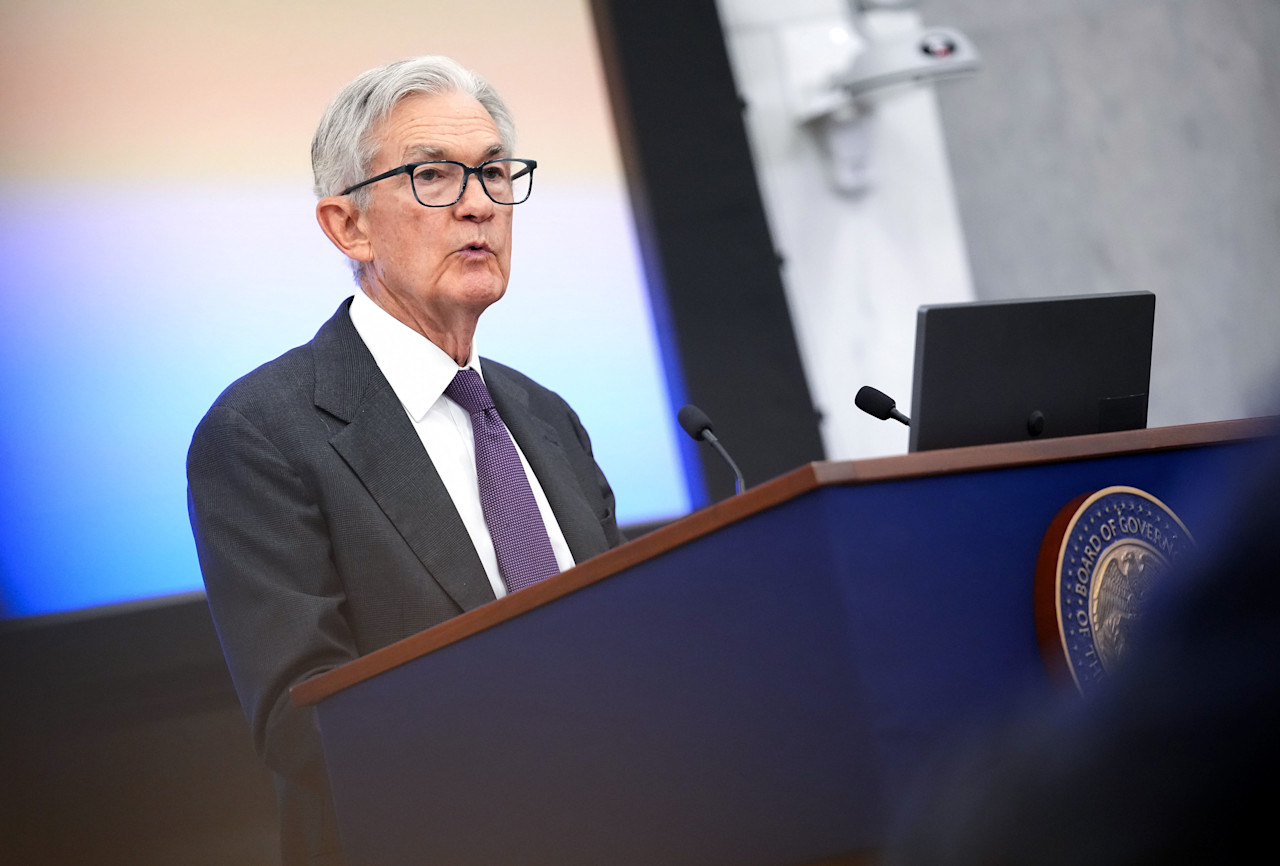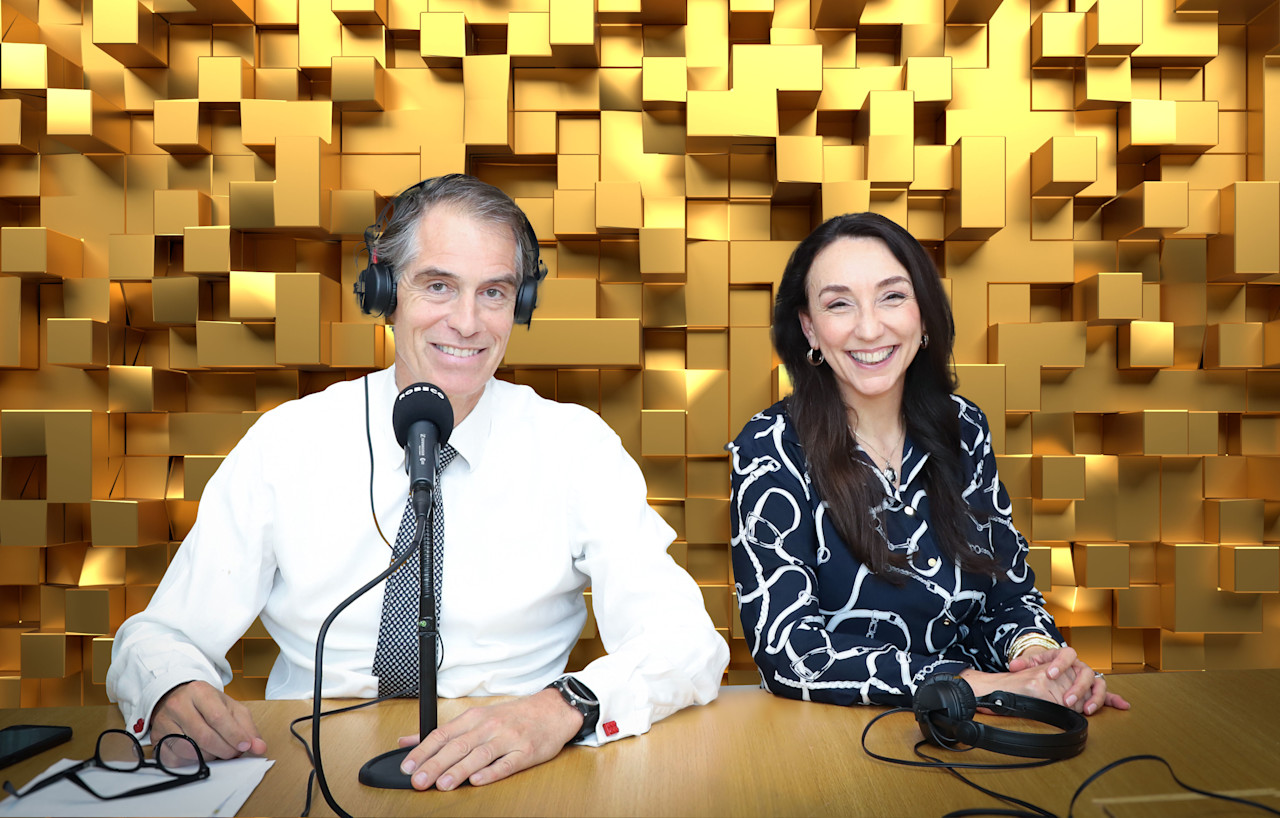

Fixed income outlook: The cat is out of the bag
Markets never fail to be interesting! After an ‘everything rally’ in January (when yields and spreads eased) and a ‘taper regime’ in February (when both yields and credit spreads rose), March has brought the largest banking failures since 2008 and the largest moves in the US yield curve since 1987.
Summary
- We’ve reached R**, the rates level where financial stability is hit
- Curves are beginning to steepen aggressively – a key 2023 trade for us
- Opportunities in spread product as and when recession is priced in
To be clear, the events of March 2023 continue those of last autumn: back then, we had the near collapse of the UK derivative-based LDI market. Rates volatility, too, is hardly a new topic this year. 2022’s monetary tightening is coming home to roost. The bottom line is that debt-to-GDP ratios have been rising across the public and private sector globally for four decades and that is now colliding with the sharpest rise in interest rates in 40 years.
To give a couple of examples, US corporate debt to GDP has never been higher than on the eve of a recession as it is now. US government debt to GDP is at 120%; in 2007 it stood at just 60%. This is far from a US-only issue: be it French corporate debt, Italian government debt, or Chinese state-owned enterprise debt, the aggregate debt-to-GDP statistics of all of the world’s major economies have risen, during decades of easy money and increased borrowing.
The bill, at least for servicing it, has now got a lot larger, and as borrowers refinance through the course of 2023, it is coming due. Monetary tightening has been a near-global theme – across developed markets, emerging markets, the US, Europe, Latam and Australasia.
In our macroeconomic forecasts, we continue to view a US recession as the base case over the next 12 months. G7 economies such as Germany and the UK are already in stagnation/contraction territory, so we think the US will merely join a slowdown which is evidentially already underway.
It is true that services and labor market strength have been surprising in their resilience, particularly in the US. The tightening in lending conditions, however, and lagged effects of monetary policy tightening, look set to overpower residual economic momentum and post-Covid structural adjustments.
For financial markets, much discussion has focused on how restrictive rates will become relative to R* (see our special edition of the Central Bank Watcher). A twist from March appears to be that rates have reached R** – the Financial (In)Stability Real Interest Rate1– or in layman’s terms, the level at which stuff breaks. Tighter conditions affect both the real and financial arenas.
In rates, we believe US yields may have peaked, following the probable peak in UK yields last autumn. The US and German yield curves may also have troughed out and reached their deepest inversions, before the rapid steepening of recent weeks amid banking sector turmoil.
The volatility of recent weeks means that short-term opportunities have arisen (in EUR swap spread tighteners, for example, or in the potential for safe-haven yields to back up somewhat in the short term). We view these however as shorter-term moves. In the medium term, the recession strategies we laid out last time (see Recession Investing) remain our overall gameplan.
It is always interesting writing an outlook after a lot of market events – and moves – have just occurred! In the near term, in credit spreads in particular, we expect a bumpy path, with bouts of retracement and bullishness after various government banking sector rescues, and white knight takeovers of troubled institutions.
There is no particular rhyme or reason on the length of market recovery after these positive headlines: the JP Morgan rescue of Bear Stearns in March 2008 for example precipitated a four-month rally in credit; the Lloyds rescue of HBoS saw a recovery of just a few hours. The result this time may depend on the market’s perception of ‘who else’ is out there, among troubled financial institutions and hedge funds, that may cause renewed market volatility.
Our credit colleagues advise that the European bank landscape is largely secure away from Credit Suisse. The US regional bank landscape appears a bit more complicated. In any case, it may well be that the stresses from rising rates materialize in other parts of the non-bank system (as we saw in UK LDI last October) or in structures within the shadow banking world that turn out to have mismatches in duration or liquidity.
Accidents usually follow mismatches, and be it commercial real estate or leveraged financial structures, there is plenty of scope for mismanagement to have occurred.
Ultimately, when 40 years of rising public and private sector debt meets the sharpest rise in interest rates in 12 months, the only known is that accidents are likely. Where they occur precisely, is the million-dollar question. For top-down allocations and portfolio construction, the specifics are less important than the broad themes. The implications for portfolio positioning over the medium to longer-term are clear: steeper curves, lower yields, and opportunities to pick up spread product at recessionary levels.
Footnote
1Discussion of The Financial (In)Stability Real Interest Rate, R** (newyorkfed.org)

Download the publication
Get the latest insights
Subscribe to our newsletter for investment updates and expert analysis.






















